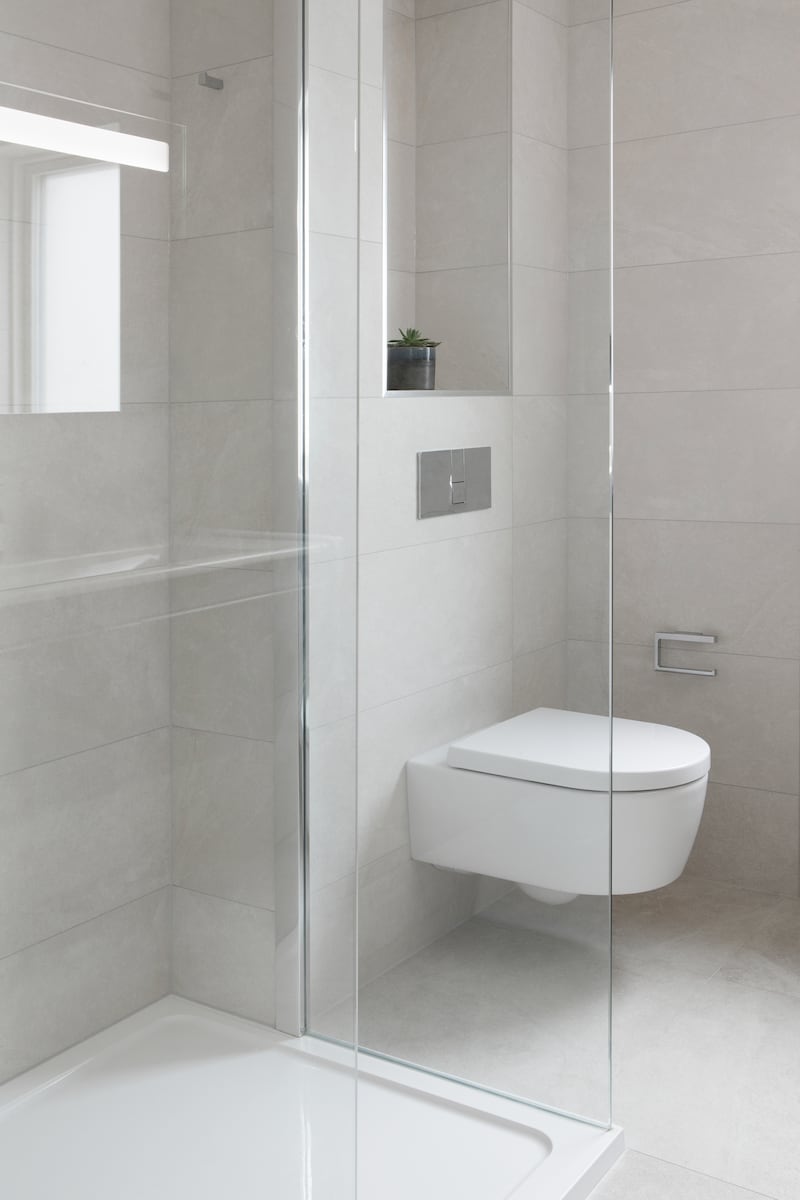When planning a home improvement, even a seemingly minor one, it’s not uncommon to worry about wasting time and money on changes that won’t work out. To avoid this, try testing your plan before fully committing. Small projects often require more effort than expected to blend seamlessly into your home, and once work starts, making changes can be extremely costly. Here are some simple ways to experiment with changes in a low-risk way to ensure you make the right decision every time.
Blocking off a doorway
Where there is more than one entrance to a room, blocking off a doorway can be an excellent way to gain wall space for larger furniture pieces such as a sofa. However, before committing to this change, it’s wise to test out the new layout. Start by simply keeping the door closed and placing your existing sofa where you plan to put the new one. Live with this arrangement for a while and pay attention to how it affects your daily life.
During this trial period, you might discover the new layout is perfect, and you don’t miss the door at all. On the other hand, you may find the altered set-up doesn’t work as well as you thought, with family members having to navigate through busier areas of the house to watch TV.
Consider any potential negative impacts on adjacent spaces. For example, keeping the door closed might reduce the amount of natural light entering nearby spaces, such as a hallway. To counteract this, you’ll need to factor in ways to introduce more natural light into the affected areas, such as adding a mirror or introducing reflective finishes. What seems like a small project can involve a lot of additional work to make the change blend seamlessly into your home.
Bespoke joinery
You may have an alcove or designated space in your home that seems perfect for a custom-built joinery piece to create a functional home office. However, before investing in a bespoke solution, it’s essential to determine whether the space is suitable for productive work. Setting up a temporary home office allows you to test the area’s comfort, functionality and suitability for your work needs.
Begin by using existing furniture, such as a table or desk, and a comfortable chair to create a makeshift work area. Pay attention to lighting, temperature and noise levels in the space. Are there any distractions that might hinder your productivity? Take note of any adjustments that would improve your focus and comfort while working.
As you work in your temporary set-up, evaluate your storage requirements and consider the best ways to incorporate them into your bespoke joinery design. Think about your power and connectivity needs to ensure your custom unit allows easy access to power outlets and provides efficient cable management solutions. By testing the space and assessing these essential elements, you can be confident your future home office will be both comfortable and tailored to your unique needs.
Layout changes
Envisioning new furniture or layout changes in your home can be challenging. Using masking tape to mark proposed changes on the floor or walls is a simple and effective way to better understand the new layout and dimensions and identify potential issues before making commitments.
A few years ago, we had clients who fell in love with a large dresser for their kitchen that was on sale. The dimensions seemed to work, but they decided to double-check before buying. They created a cardboard replica with the dresser’s dimensions and placed it in their kitchen. Although the dresser did technically fit, it became clear it overpowered the room and compromised their dining area.
By visualising the dresser’s size and impact on the room, the couple realised it wasn’t the right choice for their home. In the same way, using masking tape to outline new fixtures, furniture or layout alterations can help you avoid costly mistakes and make adjustments before the work starts.

Balancing functionality
Making sacrifices in your home’s layout to accommodate new features, such as removing a linen cupboard to install a larger shower in your bathroom, can be a difficult decision. Before committing to such changes, it’s wise to test out the new arrangement to see how it impacts your daily routine.
Start by removing everything from the cupboard and store the items elsewhere. This will allow you to experience life without that storage space and determine if the trade-off is worth it. Pay attention to how accessible your towels and sheets are in their new location, and note any disruptions to your daily routine.
By doing this, you’ll be able to identify and address potential issues before making permanent alterations. Test different solutions until you find something that works for your lifestyle. Are there other underutilised areas of your home that could be used for storage? Look for spaces that can be repurposed, such as under the eaves or even under the staircase, to store items like towels and sheets. By reassessing these often-neglected areas, you might find creative ways to maximise storage and organisation without sacrificing the functionality of your living spaces, which will help you create a space that looks great and works great, too.















